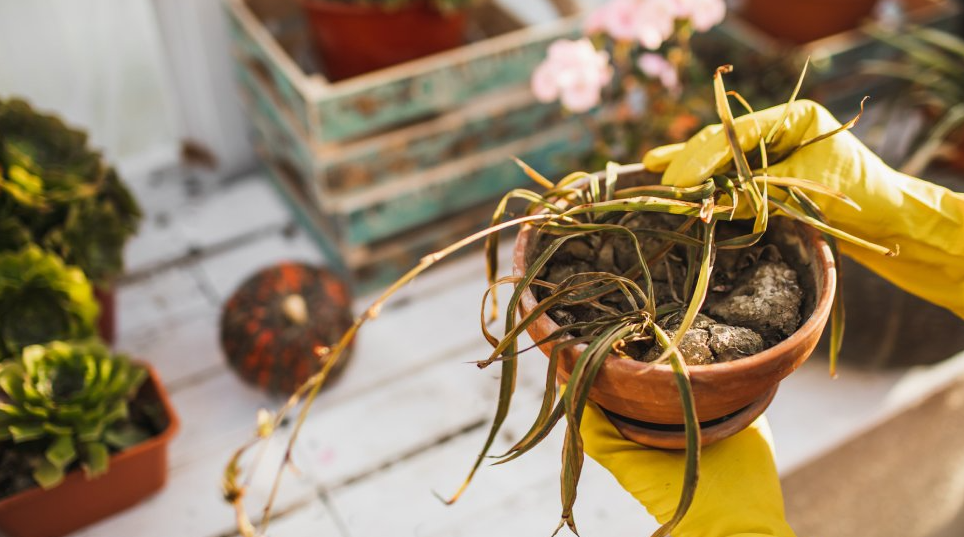What is Root Rot?
Root rot is just what it sounds like when a plant's roots start to rot. This disease is usually caused by a fungal or bacterial infection and can spread quickly, leaving your plant weak and lifeless. The most common cause? Overwatering. Surprisingly, overwatering is one of the most frequent mistakes people make with houseplants, often without even realizing it.







